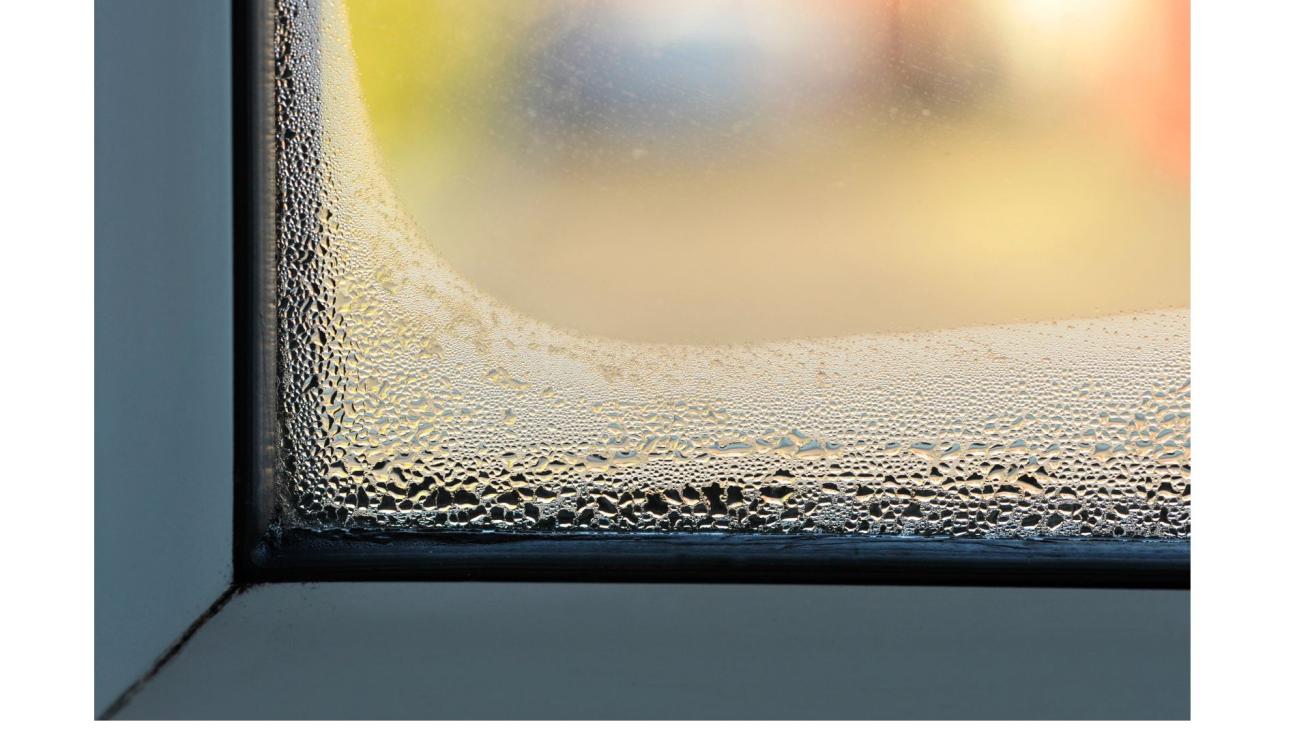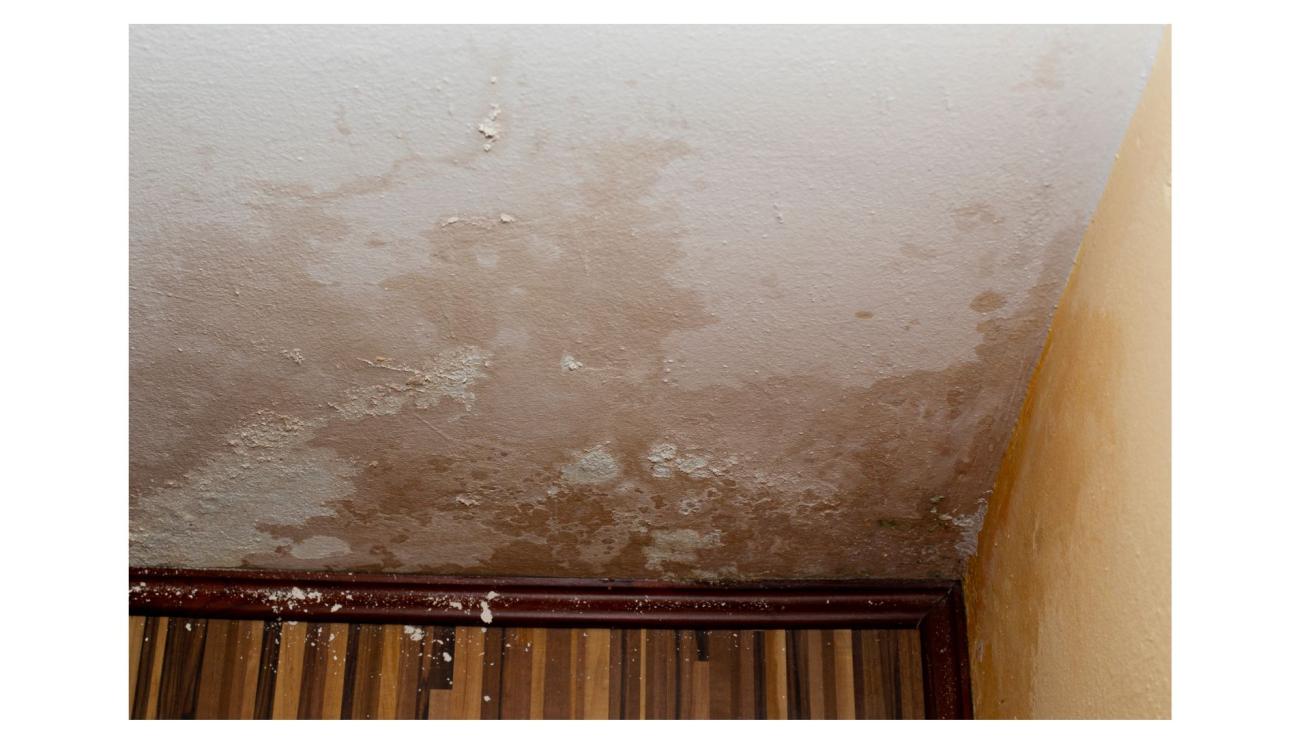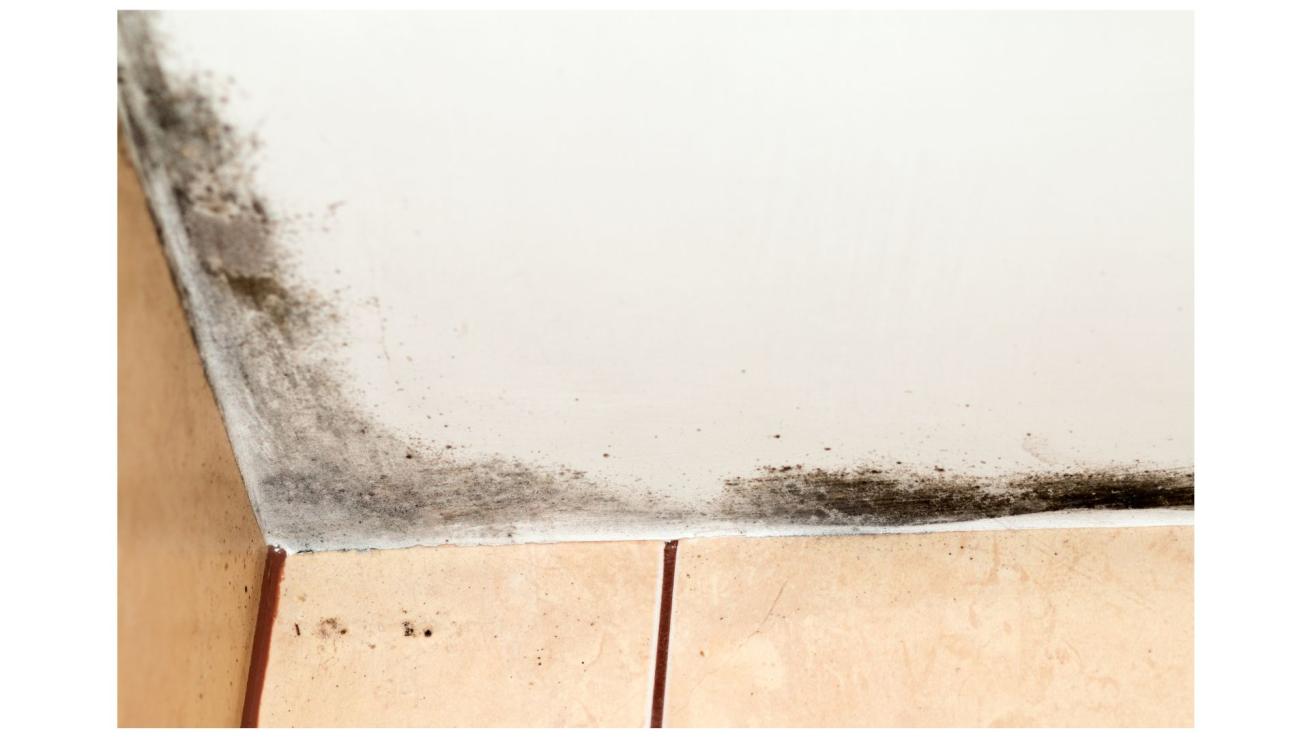Understanding condensation, damp and mould
Damp, mould, and condensation are common issues that can affect your home.
They often result from indoor moisture buildup, which can lead to damp patches, black mould, and even damage to your property.
Addressing these issues early is vital to maintaining a healthy living environment.
What is condensation?
When warm wet air hits something colder, water droplets – or condensation – can appear. This is particularly common in areas with poor ventilation, where surface condensation can occur on windows, walls, and ceilings. If left unchecked, humidity issues caused by condensation can lead to dampness and mildew growth.
Tips to Reduce Condensation:
- Ensure proper ventilation by opening windows regularly.
- Use extractor fans in kitchens and bathrooms.
- Avoid drying clothes indoors where possible.
- If possible, keep the temperature in your home between 18 – 21 degrees.

A sudden temperature change can cause condensation to form. If you are not heating a particular room, keep its door open so warm air can circulate from elsewhere.
We know heating your home is more expensive than it has ever been, and therefore not always an option. For tips on how to save energy in your home, plus details of energy-related grants and benefits, check out our cost of living help.
What is damp?
Damp refers to unwanted moisture in your home, which can appear as wet walls, damp patches, or a musty smell. It often stems from water ingress or humidity in the air. There are different types of damp, including rising damp, which travels up from the ground, and penetrating damp, which enters through walls or roofs. Both can lead to structural dampness and water damage over time.
How to Spot Damp:
- Look for signs of wall stains, peeling paint, or plaster.
- Check for a humid environment or areas that feel constantly wet.
- Rising damp typically affects lower walls, while penetrating damp can occur at any height.

What is mould?
A type of fungus, mould often shows up as little black dots. It can grow in places you cannot see, such as behind wallpaper and under carpets. It thrives in moist, damp places with poor lighting and ventilation and is commonly found near the sealant of window frames and around kitchen and bathroom tiles.
Mould needs to be regularly cleaned and ventilated to prevent it from becoming a health risk. It is most likely to form during the winter but can do so at any time.
What Sanctuary Will Do to Help:
If you notice black mould in your home, please report it to us immediately. Our team will:
- Inspect the affected areas to assess the severity of the mould growth.
- Arrange for professional cleaning and mould removal where necessary.
- Investigate and address any underlying causes, such as leaks, poor ventilation, or water ingress.
- Provide advice on improving ventilation and managing indoor moisture levels to help prevent mould from returning.

Awaab’s Law
What it means for you
Awaab’s Law is a new law that helps make social housing safer. It started on 27 October 2025 and means we must fix serious damp and mould problems quickly.
What is Awaab’s Law?
Awaab’s Law is named in memory of Awaab Ishak, a young child who tragically died due to mould in his social housing home. His story led to changes in the law to help ensure this never happens again.
Under this law, social landlords must respond quickly when damp or mould poses a significant risk, making your safety and wellbeing a top priority.
Frequently Asked Questions (FAQs)
Contact us
If you’re experiencing damp or mould in your home, let us know as soon as possible. You can report the issue online or contact your regional team directly using the drop-down list below.
Report Condensation, Damp and/or Mould online
If you are deaf or hard of hearing, we have a text facility: 07800 006781, or we can connect you to a British Sign Language interpreter.